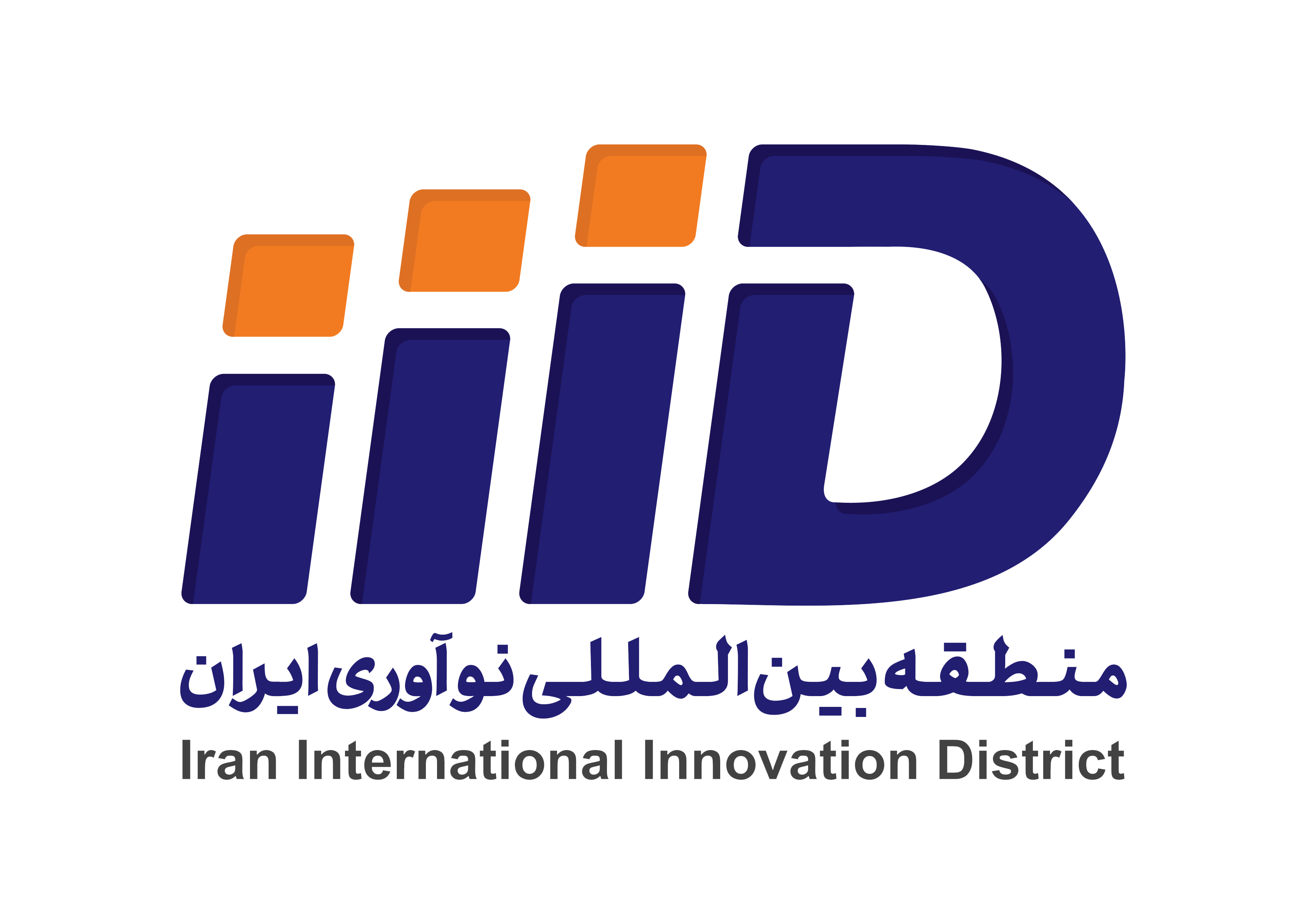Social Robotics Panel Highlights AI-Driven Solutions for Healthcare Challenges
: Indigenous Robots “Arash” and “Maya” Developed for Child Cancer and Autism Therapy at INOTEX 2025

At the AI session of INOTEX 2025 on April 30, 2025, a member of Sharif University’s Social Robotics Lab announced the development of indigenous robots “Arash” and “Maya,” designed to assist in therapy for children with cancer and autism, reducing stress and enhancing learning.
During the Social Robotics and Intelligent Systems in Healthcare panel at the AI session of INOTEX 2025, Engineer Ali Ghorbandani, a member of the Social Robotics Lab at Sharif University of Technology, discussed the capabilities of social robots. He described them as intelligent tools that interact with humans and physical elements in their environment.
Ghorbandani outlined the applications of these robots in areas such as therapeutic assistance, nursing support, elderly care, education, entertainment, advertising, sales, and providing information to users. Reflecting on the lab’s research history, he noted that their work on social robots began with the purchase of the commercial robot NAO due to the high risks of entering this field. This initial step allowed them to test concepts before developing their own solutions.
He explained that the purchased NAO robot was used in therapeutic scenarios for children with cancer, implementing various scenarios that demonstrated a reduction in stress among these children. Ghorbandani also highlighted the robots’ ability to create empathy with the children as another key benefit. Additionally, research was conducted on using social robots for children on the autism spectrum, incorporating music education through robotic systems. The results showed improved learning and a reduction in autism severity among the children.
Due to these promising outcomes and the rising cost of foreign currency, the lab prioritized designing and building indigenous robots. This led to the development of a silicone humanoid robot for autism interventions. Ghorbandani detailed the story of “Arash,” a robot designed to mirror NAO’s capabilities, aiming to serve as a friend and teacher for children with cancer in hospitals. The first version, Arash-1, was followed by Arash-2, equipped with advanced sensors for better navigation in crowded environments and improved interaction.
Although Arash has participated in several scientific events, it is primarily designed for therapeutic settings and health-focused scenarios. Ghorbandani also introduced “Maya,” an animal-like robot developed for autism therapy, noting that such robots are globally popular among children. Maya is designed with therapeutic interactions for clinical environments and is being upgraded with advanced algorithms to enhance its cognitive capabilities.
Quick Access

Address: Pardis Technology Park, 20th km of Damavand Road (Main Stresst), Tehran I.R. Iran.
Postal Code: 1657163871

Tel: 76250250 _ 021

Fax: 76250100 _ 021
E-mail: info@techpark.ir

website:iiid.tech









